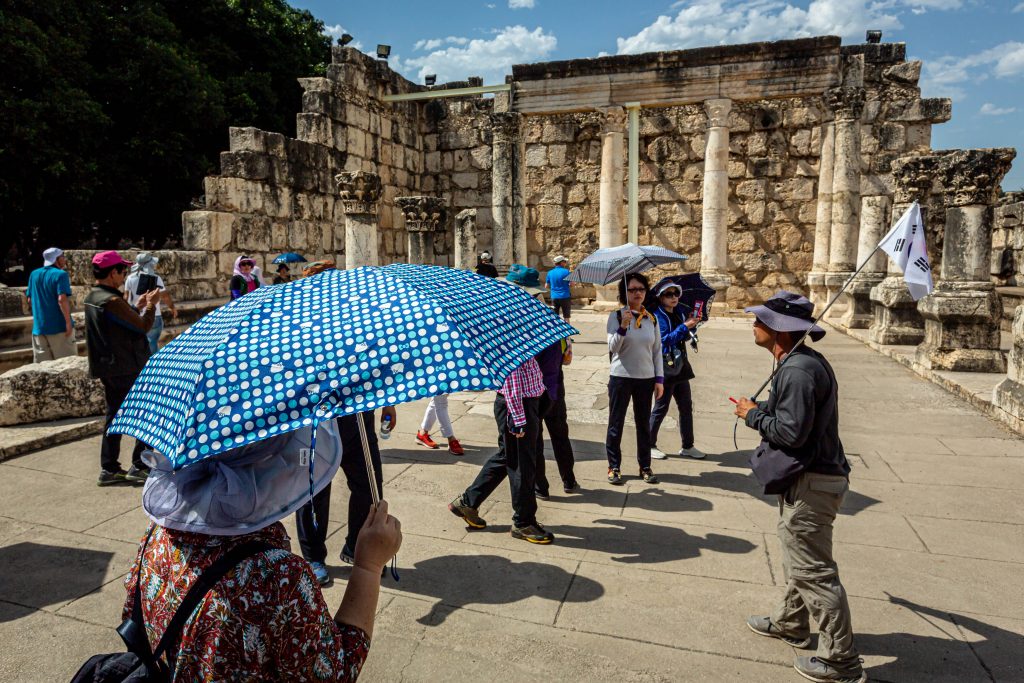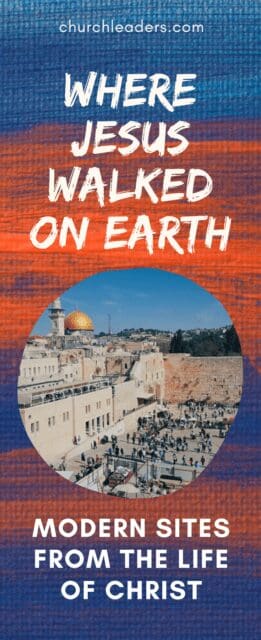South Koreans visit the archeological site of the ancient village of Capernaum on the shores of the Sea of Galilee in Israel.
Where Jesus Ministered around Galilee: Capernaum, the Sea and Magdala
For a time, Jesus lived in the town of Capernaum on the coast of the Sea of Galilee (Matt. 4:13). Here in Capernaum, He taught with authority (Luke 31:32), healed the centurion’s servant and Peter’s mother-in-law (Matt. 8:5, 14), healed many demon-possessed people including a man in the synagogue (Matt. 8:16; Mark 1:21), and healed the paralytic let down through the roof (Mark 2:1-12).
Despite all these signs, the people of Capernaum received a stinging rebuke from Jesus for their stubborn unbelief (Matt. 11:23).
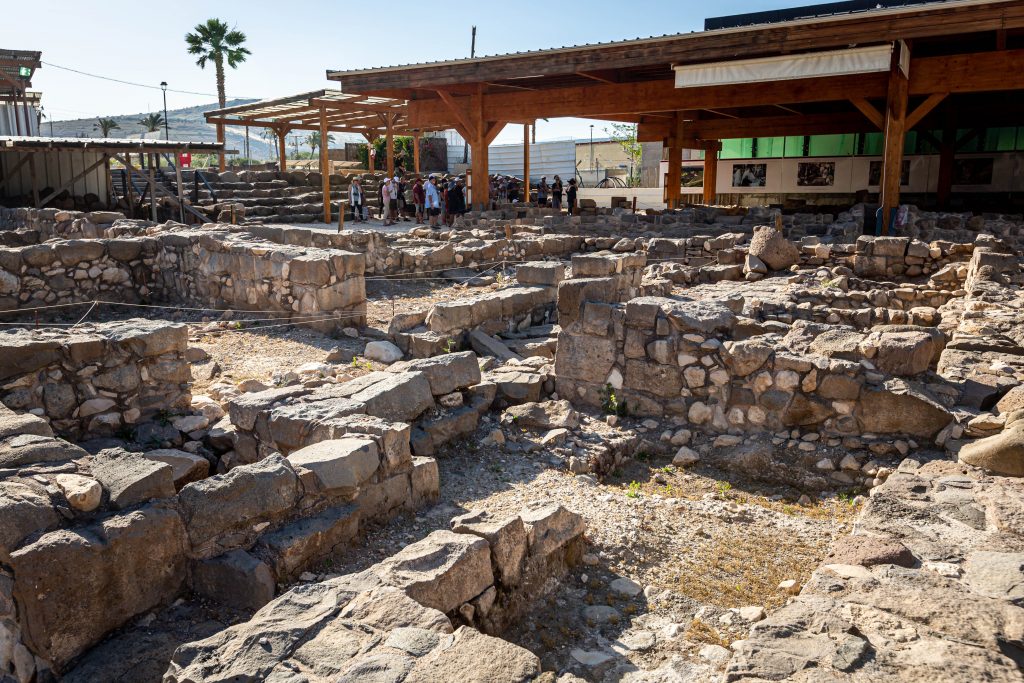
In the Galilean village of Magdala, the remains of a first-century Jewish village, complete with a synagogue, were discovered during the construction of a hotel.
Extensive remains from the first century have been discovered, including black basalt stone walls from first-century homes and remains from a fourth- or fifth-century synagogue believed to be built upon the ruins of the same synagogue where Jesus taught.
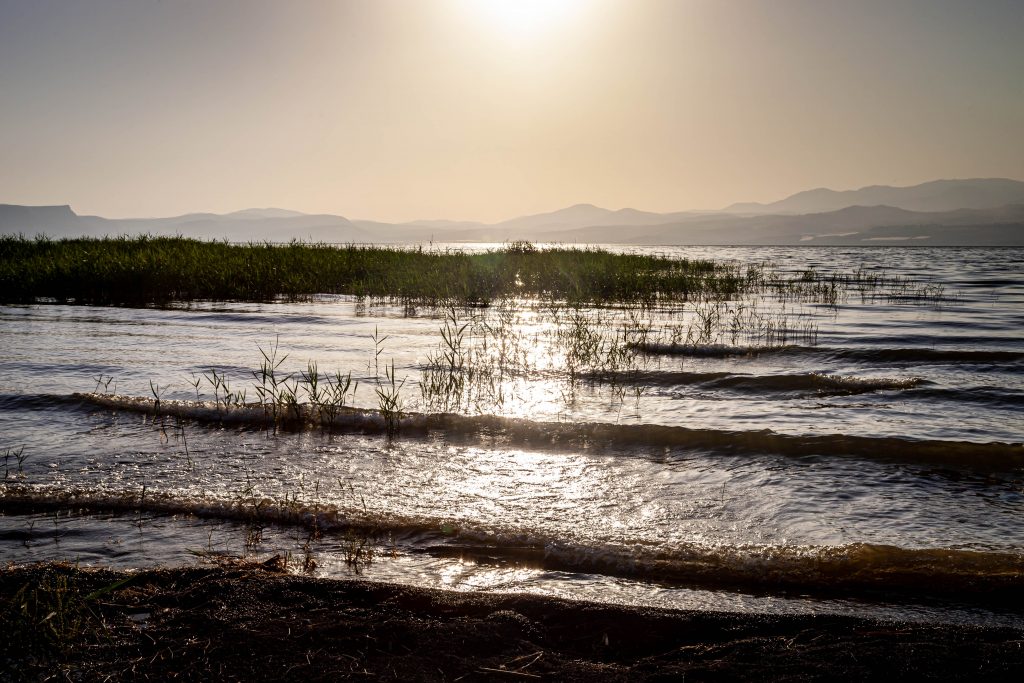
No other place in the Holy Land has a more direct and unmistakable link to Jesus than the shores of the Galilean Sea. While all the other locations throughout the Holy Land are places “believed” to be the site where Jesus did this or that, the Sea of Galilee is a sure thing. This is the sea where Jesus walked on water, where He sought refuge from the surging crowds, and where He appeared to the disciples after His resurrection.
Capernaum is a seaside town directly on the coast of the Sea of Galilee. Much of Jesus’ ministry happened on and around this body of water. Jesus appeared here to His disciples when they were sailing across the sea to Capernaum. This is the sea where Peter took a faltering step toward Jesus—on the water. This is where the waves whipped up around the disciples’ boat and frightened them into waking Jesus during the storm.
The sea is seven-and-a-half miles long and thirteen miles wide at its widest point. It only takes about one hour to drive around its thirty-seven miles of shoreline. Over the years the country has carried out various water projects related to the Sea, which is currently a controlled reservoir rather than a natural lake. The coast of the sea is largely undeveloped, with an occasional resort or town like Tiberius, where you can stop for a fish meal on a waterfront boardwalk.
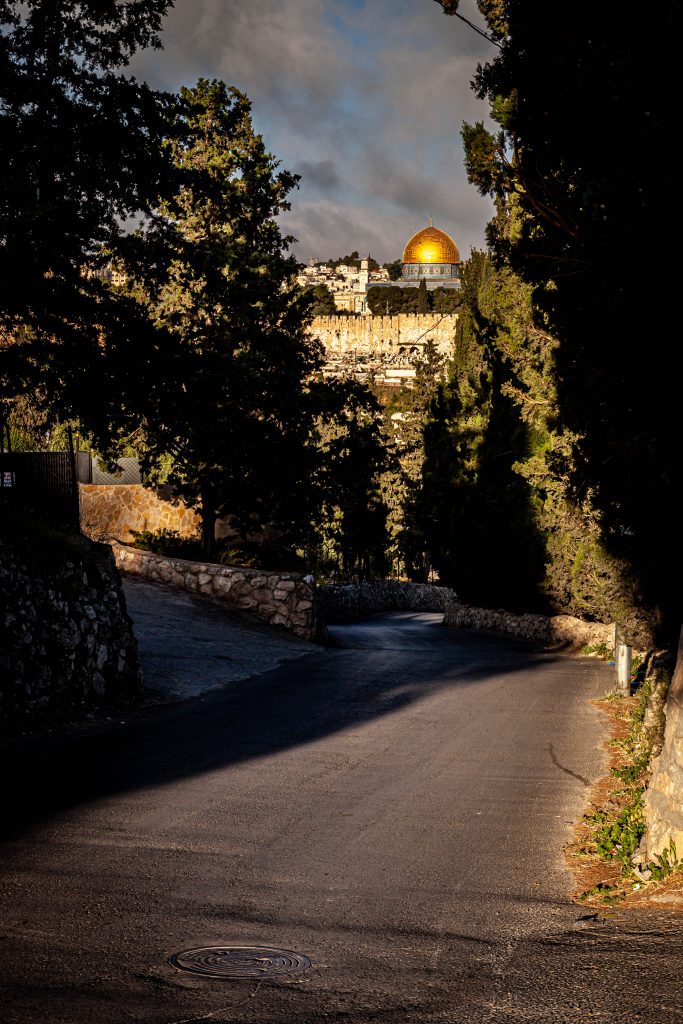
This modern road that leads from the Mount of Olives down the Kidron Valley toward the Old CIty of Jerusalem covers the ancient path that existed during Jesus’ time. It is on this palm branch-covered path that Jesus rode into Jerusalem to shouts of “Hosanna! He who comes in the name of the Lord is the blessed One!” Mark 11:4-10.
Where Jesus Rode a Donkey: Entrance into Jerusalem
The time came for Jesus to fulfill centuries of prophecies, submit to His Father, and enter the suffering laid out for Him. He had forewarned His disciples about what would happen. Now He sat on a donkey and rode into Jerusalem from the Mount of Olives.
The crowd shouted, Hosanna! which means “Save us!” A paved modern road has been built over part of the path Jesus might have ridden. The donkey carried the humble King slowly down the hill, across the Kidron Valley, and up again toward the city where the King would suffer and die.
“When he entered Jerusalem, the whole city was shaken” (Matt. 21:10).
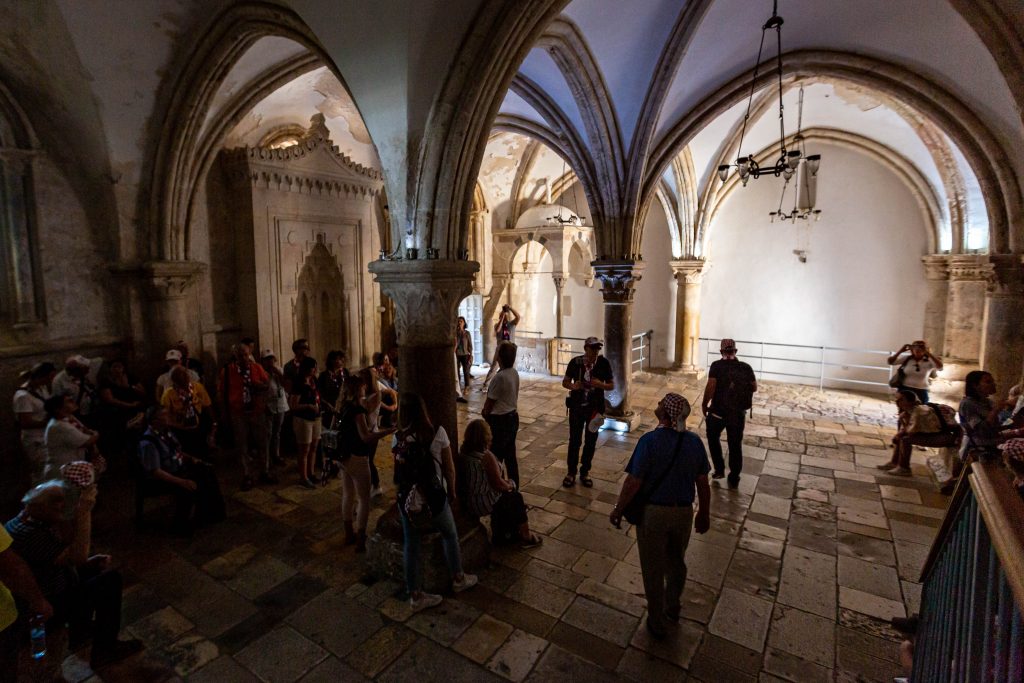
Christian pilgrims visit the supposed Upper Room, where Jesus met with His disciples to break bread before His crucifixion.
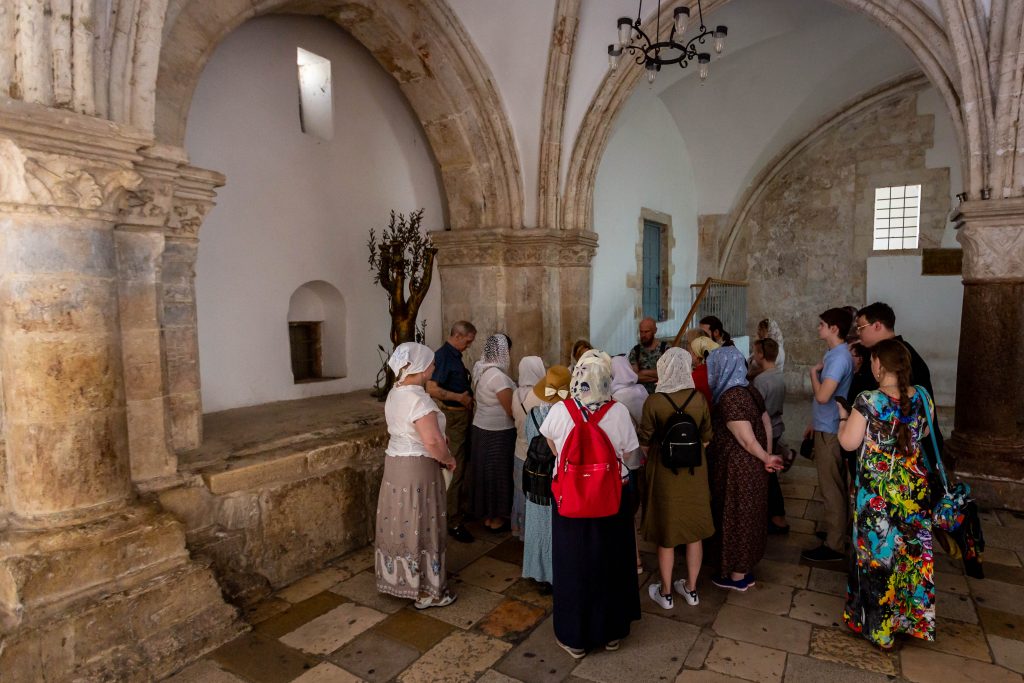
Where Jesus Observed the Passover: the Upper Room
It was a borrowed room from an unnamed man, but its four walls witnessed the Passover Lamb Himself celebrating the Jewish feast for the last time until the Kingdom of God comes. In this room, Jesus inaugurated the Lord’s Supper and told His disciples that His blood would be shed for the forgiveness of sins (Matt. 26:28). In this room, the King of Kings knelt like a slave and washed the dust-crusted toes of His disciples, even the disciple who would betray Him.
The Upper Room in Jerusalem is not the original structure of Jesus’ last supper. But it does sit on top of the location widely believed to be the original location of not only the Last Supper, but also where Jesus appeared to the disciples after His resurrection, and where the events of Pentecost occurred.
Several churches have been built on this spot over the centuries. The current room is a fourteenth-century Crusader-church restoration with Islamic elements added later by the Turks, who converted it into a mosque in the sixteenth century.


